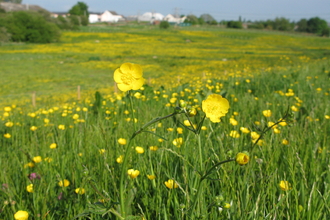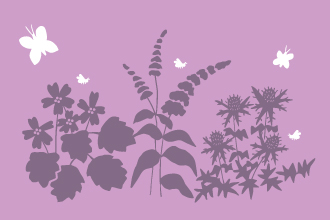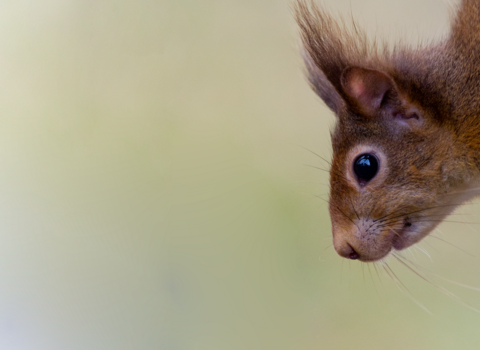
Green-veined White on Dandelion ©Katrina Martin/2020VISION

©Katrina Martin/2020VISION
Common dandelion
The common dandelion is a most familiar flower: counting down the 'clock', while blowing the fluffy seeds from its head, is a favourite childhood game. Dandelions are an important early source of food for pollinators - so let them grow!
Scientific name
Taraxacum officinaleWhen to see
January to DecemberSpecies information
Category
Statistics
Height: up to 35cmConservation status
Common.



